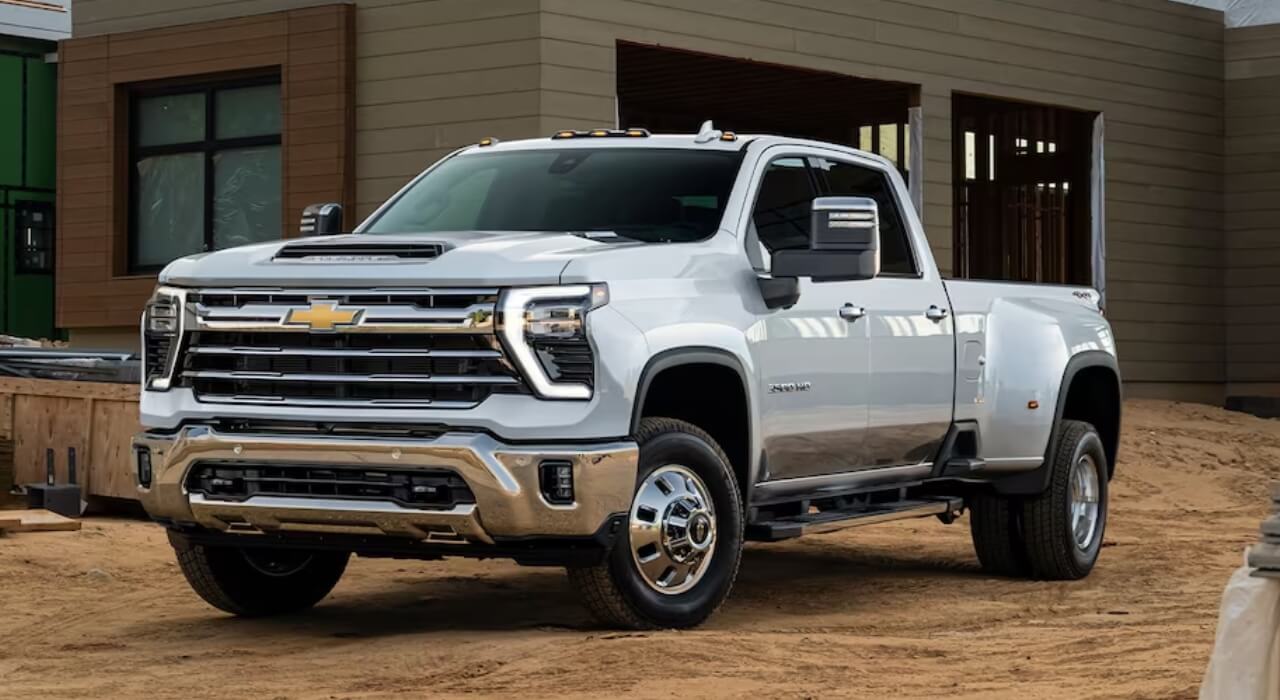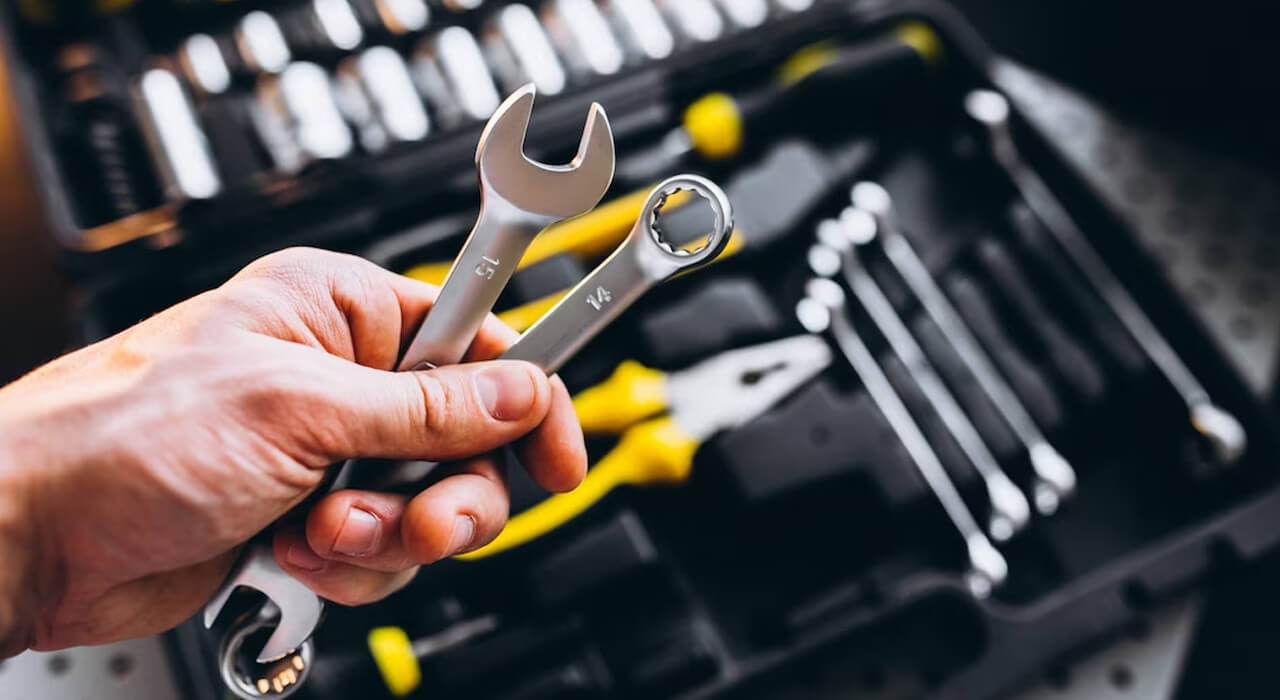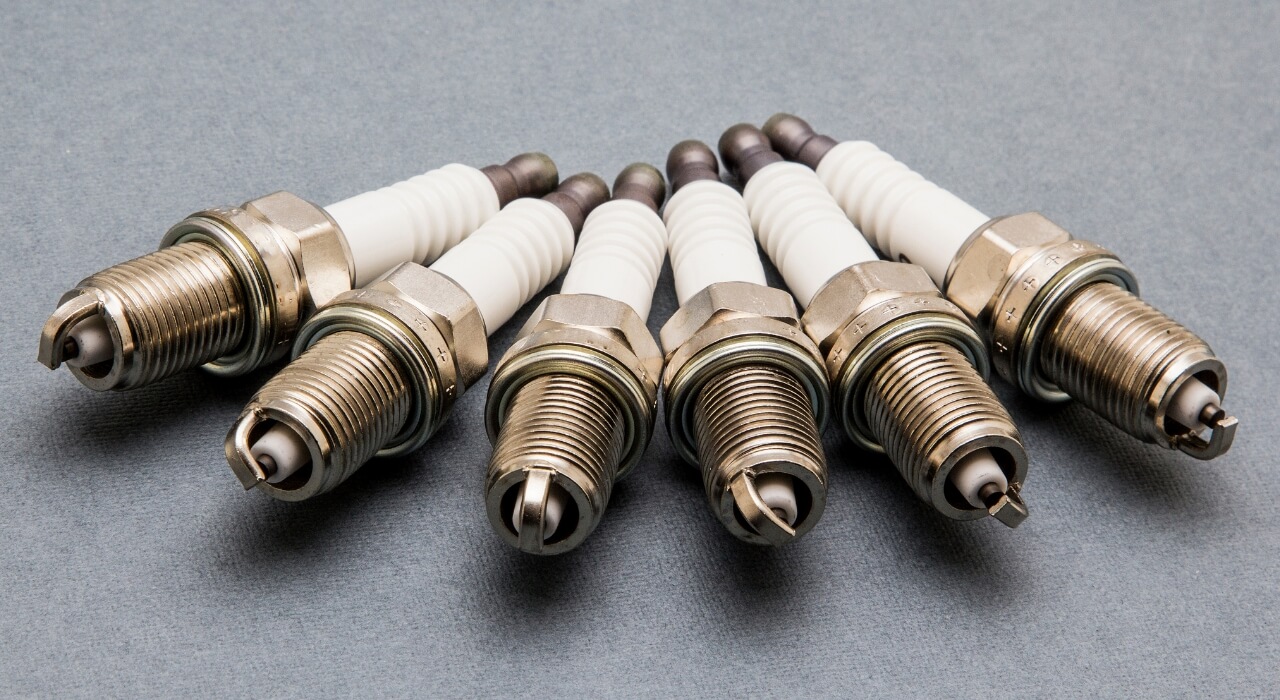Best Tools To Remove Nuts & Bolts In Tight Places – 2023 Wrench Set Review
The bolts on older cars, trucks, or other pieces of machinery can be stubborn and difficult to remove. There are a lot of different factors that can make it challenging to get bolts out. Therefore, you need the right tools to remove bolts in tight places.
Finding the best tools to remove bolts in tight places can be challenging. You need a tool to remove bolts in tight spaces without damaging the surrounding area. Several different types of tools are available, each with pros and cons.
We often find ourselves in these situations, so you need the right tools. These tools aren’t your typical ratchet set or socket wrench. You can use these tools to remove stubborn bolts.
In this article, we will discuss the tips & tools to remove bolts in tight places. We will also discuss the pros and cons of each type of tool. As a result of reading this article, you will be able to figure out how you can remove nuts & bolts in tight places.
Top Tools For Removing Bolts In Hard To Reach Places
You can release stuck fasteners using torches, screw extractors, oil, and other methods. However, some tools can fix fasteners in your house, car, or lawnmower. In general, these tools have both pros and cons, so choosing the right one is critical.
There are several different tools that you can use to remove bolts in tight places. Some of the most popular options include:
A. Impact Drivers
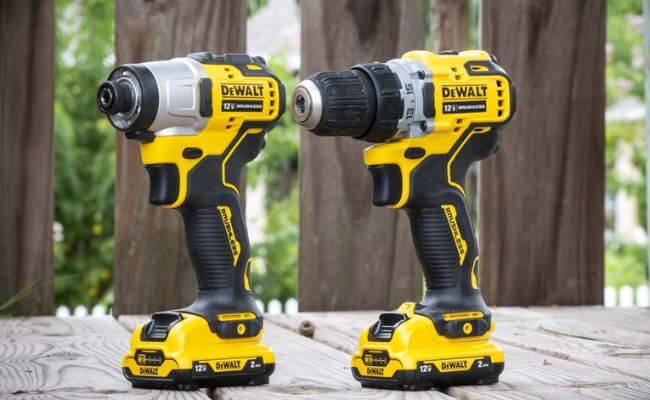
Impact drivers are a great option for removing bolts in tight places. They are very powerful and can easily loosen even the most stubborn bolts. However, they can be difficult to control, so it’s important to use them cautiously.
An impact driver is a tool to drive screws or nails into a surface. This battery-powered tool delivers high torque to make driving screws and nails easier. Impact drivers offer many advantages, making them increasingly popular.
They are smaller and lighter, which makes them easier to handle. They are also more powerful so that you can use them for various applications. If you are looking for a tool to make your life easier, an impact driver is a great choice.
B. WORKPRO Flex Head Ratchet Wrench Set
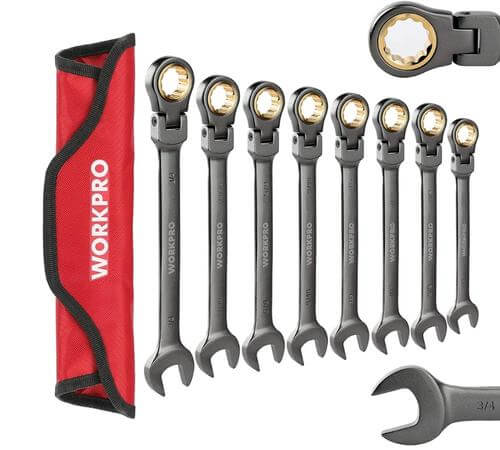
- Brand: WORKPRO
- Finish Type: Nickel
- Material: Chrome Vanadium Steel
- Head Style: Combination Wrench
- 72-Teeth Ratchet
- Flexible Rotation
- Heat-Treated Cr-V Alloy & Nickel
- 180 Degree Access For Tight Places
The WORKPRO Flex Head Ratchet Wrench Set is a great addition to any toolbox. This set includes 8 wrenches of different sizes, a ratchet, and a carrying case. The wrenches have a ratcheting head that allows you to quickly and easily tighten or loosen bolts.
Also Check:
The set also comes with a carrying case that makes it easy to keep all of your tools organized. It’s a good option if you need tools to remove bolts in tight places. This set includes all the basic sizes you will need, and the ratcheting head makes it easy to use.
C. Hex Keys
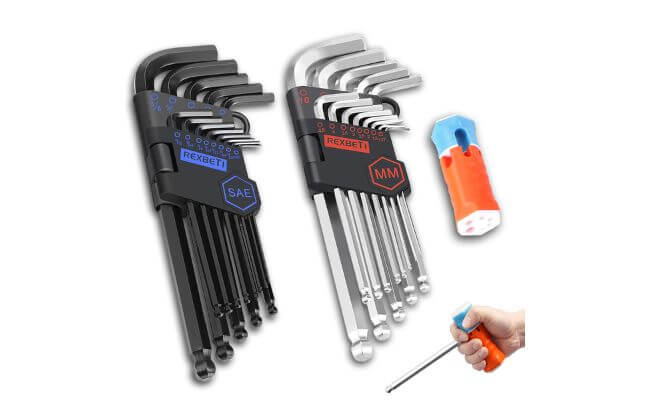
Hex keys, also known as Allen keys, are a type of wrench tool for tightening bolts in tight spaces. Hex keys are often used in manufacturing and assembly applications. They are also used in some carpentry applications.
Hex keys come in various sizes, and the size you need will depend on the application. Hex keys are available in both metric and imperial sizes. Metric hex keys are measured in millimeters, and imperial hex keys are measured in inches.
Suggestion: Car Seat Extenders for Tall Individuals.
Hex keys are available in both T-handle and L-handle styles. T-handle hex keys have a handle that is perpendicular to the shaft. L-handle hex keys have a handle that is parallel to the shaft. If you need a hex key, choose the right size and style for your application.
D. Socket Sets
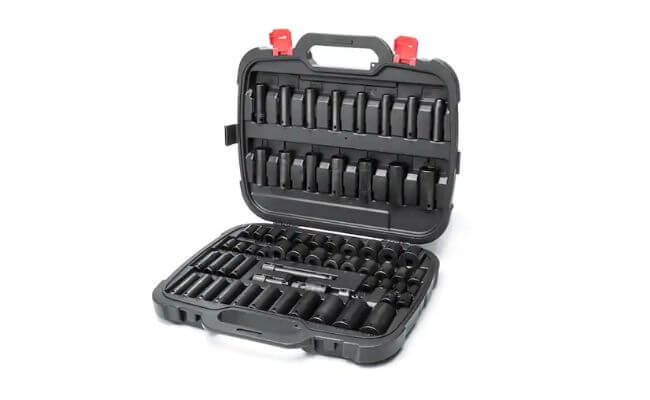
A socket set is a group of sockets and complementary tools you can use together. You can use sockets with a ratchet or a wrench with a ratcheting mechanism. You can use it linearly by rotating the sockets in one direction and locking them into place.
Automotive, aerospace, and manufacturing all use socket sets. DIYers and hobbyists use them for a variety of projects around the house. Different socket sets are available on the market, such as standard, metric, and impact.
Similar Post: Best Motorcycle Windshield Cleaners.
Each type has its benefits and drawbacks, so choosing the right set for the task is important.
E. Palm Drive Ratchet
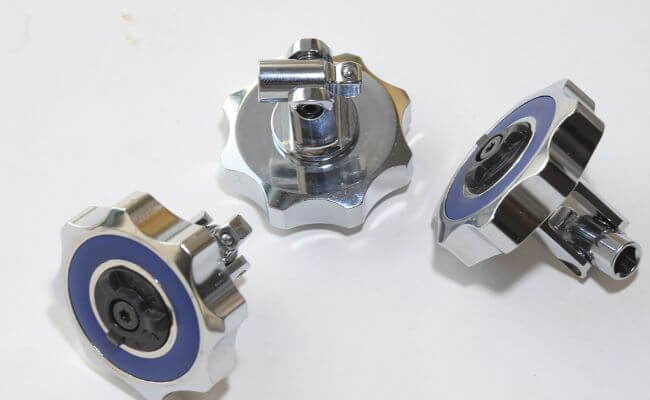
A Palm Drive or Thumbwheel Ratchet is a good option for removing bolts in hard-to-reach places. Although you can’t apply a lot of torque to them, they are very useful for manipulating fasteners in confined spaces.
There is a gimbal handle option for these ratchets as well. Even more, versatility is provided by that configuration, which pivots on two planes. They are available in a variety of drives.
F. Universal Joint Adaptors
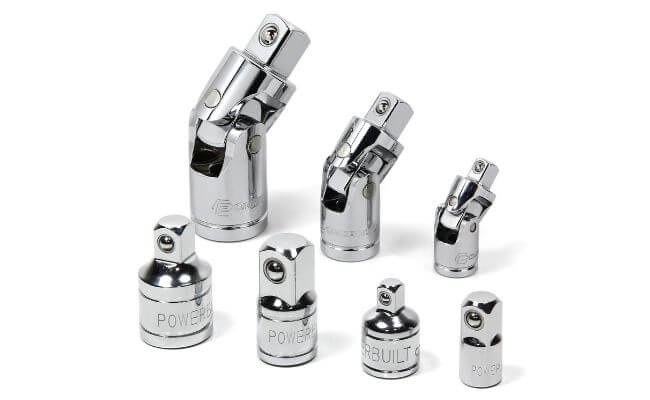
The use of universal adapters is fairly widespread. They let you turn a socket nearly 90 degrees. This often enables you to insert the socket into the fastener. Then you can remove some of the “tilt” to use a ratchet to spin the nut or bolt.
Also Read: Air Conditioner Not Blowing Cold Air.
Universal joints typically become loose with time. Tape the joint if it bothers you in a certain circumstance. That will lessen its flexibility.
The Benefits Of Using The Right Tools To Remove Rusted Bolts
Are you often finding yourself needing to remove bolts in tight places? Then you know how frustrating it can be when you don’t have the right tools. It’s not just time-consuming but also dangerous without the right tools.
There are several different methods that you can use to remove bolts in tight places. This section will discuss the benefits of using the right tools to remove bolts in tight places.
- The right tools can make the job easier and faster.
- The right tools can help to avoid damage to the surrounding area.
- The right tools can help to avoid injuries.
There are a few different bolts that you may find difficult removing bolts in hard to reach places when working on a project. Some of the most common types of bolts are:
- Hex bolts: These are the most common types of bolt. Their six-sided heads characterize them.
- Socket cap bolts: These bolts have a cap covering the bolt’s entire head. They are typically used in applications where a flush finish is desired.
- Slotted bolts: These bolts have a slot in the head of the bolt. They are typically used in applications where the bolt needs to be adjusted after installation.
Here Are The Common Methods & Tools To Loosen Nuts And Bolts
Bolts and nuts will rust if they are exposed to dampness for an extended period. Fasteners are one part that rust affects the most. Moisture can cause the fasteners to deteriorate, putting the devices or any appliance in danger of collapsing.
Don’t Miss To Checkout: Safely and Efficiently Dry Your Car with These Highly Recommended Towels.
Fasteners with rusted heads and threads are particularly challenging to remove. Rust makes it difficult to grasp the fasteners with a screwdriver or wrench. There are several methods for getting rid of rusty fasteners.
1. Lubrication
The best remedy is to apply WD-40 Penetrant Spray if the fasteners are stuck in their position due to rust. The best way to remove rust from fastener threads is to use WD-40 penetrant spray.
Also Check:
You can use a hammer to tap it after applying it to the bolt. This will enable the WD-40 penetrant spray to enter the fitting and loosen the bolt, enabling simple removal.
2. Cutting
If the fastener has become so badly rusted, the only choice is to remove it by cutting. As a result, the fastener will become useless, and you can get rid of it. You can use a clamp to firmly secure the fastener’s head as you twist it firmly to release it from its placement.
3. Torching
You can use a heat torch set to low or moderate heat as another method or tool to remove rusted bolts and nuts. Heat will cause the rusty nuts and bolts to expand to the point where they can be released.
However, it’s crucial to use this procedure with extreme caution. Many of the lubricants used on the nuts and bolts are flammable and can catch fire if exposed to heat.
4. Hydrogen Peroxide
You can soak the fasteners in hydrogen peroxide for some time to treat them. Additionally, it works well to get the rust off of nuts and bolts. Hydrogen peroxide eliminates rust.
Related: Best Non-Hitch Bike Racks for SUVs.
You can remove the remaining rust on the nuts and bolts by scouring them with a firm brush. This is a less expensive way to treat rust, although it can still leave rust patches behind.
5. Repainting
Additionally, painting the screws and nuts will keep them from rusting. You need to remove any rust from bolts and nuts before painting them. A wax- or oil-based coating can also prevent rust from re-accumulating on the nuts and screws.
Few Tips For Removing Bolts In Hard To Reach Places
Removing a bolt in hard-to-reach places is a common task for many mechanics and engineers. You can do this in a few different ways, depending on your preferences and situations. One way to remove a bolt is by using a socket and ratchet.
However, have you ever had to remove a bolt in a hard-to-reach place? If so, then you know how frustrating it can be. But with a few tips and tricks, you can make the job easier.
- First, you’ll need the right tools. A socket wrench with a long extension will give you the best chance of success.
- Second, try spraying the bolt with WD-40 or another lubricant. This will help the socket grip the bolt and make removing it easier.
- Third, try using a cheater bar. This is a piece of pipe or metal that you can use to increase the leverage of your socket wrench. Just be careful not to overdo it, or you could strip the bolt.
- Fourth, if all else fails, you can always try heating the bolt with a torch.
- Finally, you can also use a drill to remove a bolt. This method is often used as a last resort when other methods have failed.
Top FAQs About Tool For Tightening Bolts In Tight Spaces
Which Tool Should Be Used When A Fastener Is Extremely Tight?
There are several reasons why a fastener may become extremely tight. It could be due to a manufacturing defect, over-tightening, or even corrosion. When this happens, it can be extremely difficult to loosen the fastener using traditional methods.
It is important to use the correct tool for the job in these situations. The tool you use will depend on the size and location of the fastener. For example, if the fastener is located in a hard-to-reach spot, you may need to use a long-handled wrench.
What Tools Are Needed For Nuts And Bolts?
Assuming you would like a list of the tools needed for various aspects of working with nuts and bolts:
● For removing a bolt, you will need a wrench or socket set.
● You will again need a wrench or socket set to tighten a bolt.
● To measure a bolt’s size, you will need a ruler or tape measure.
● For Drill bits: If you need to drill a new hole for the bolt, you will need a drill bit that is the same size as the bolt.
● For a Tap: If you need to thread the hole for the nut, you will need a tap that is the same size as the nut.
● For a Die: If you need to thread the bolt itself, you will need a die that is the same size as the bolt.
How Do You Loosen A Bolt If You Can’t Reach The Nut?
Normally, the bolt is held in place by a nut and tightened with an adjustable spanner. Adding an extension bar to the tool makes it easier to reach if the spanner cannot. You can use a T-handle or ratchet-head wrench to provide more torque. If everything else fails, create torque from the side with a pipe jerk with a wide jaw.
Will Heating A Bolt Loosen It?
It is a common misconception that heating a bolt with a torch will loosen it. This is not the case. Heating a bolt could make it harder to remove.
The reason for this is that when metal is heated, it expands. This expansion can cause the bolt to become tighter in its hole. The only time this wouldn’t be the case is if the hole is also heated, which would cause it to expand.
So, the next time you’re trying to remove a bolt that is stuck, skip the torch and try another method.
What Tool Can You Use To Remove A Rounded Bolt?
Any bolt with a domed or hemispherical head is referred to as rounded. You can remove rounded bolts from blind holes using a puller designed to remove them. The puller’s job is to keep the bolt securely in place as it tries to loosen.
How Do I Remove A Bolt That Had Its Head Broken Off?
Using pliers and a screwdriver, you can remove a damaged bolt head. The broken-off piece will be grasped by the pliers and twisted back and forth until it releases. And you can unscrew the last bolt with the screwdriver blade.
Final Thoughts
It can be difficult to remove bolts in tight places. There are a variety of tools for tightening bolts in tight spaces. The best tool for the job will depend on the specific situation. The most common tools are impact drivers, ratchet sets, etc.
However, when using any of these tools, it is important to take safety precautions to avoid injury. It is necessary to use an appropriate socket when tightening or loosening nuts. If you are working in a confined space, you may need a long-handled wrench.













